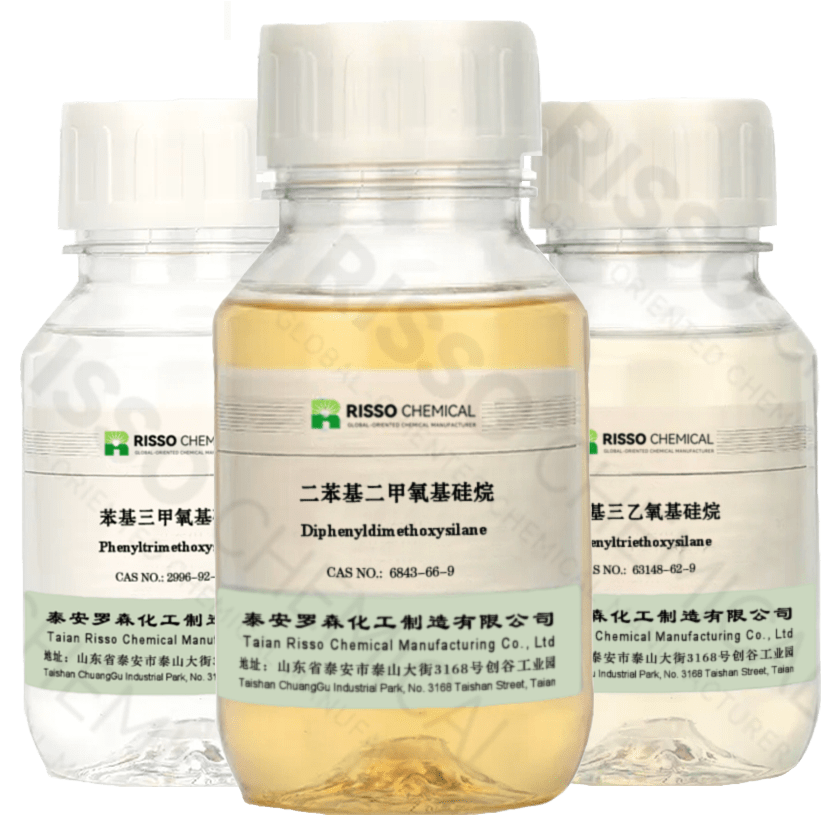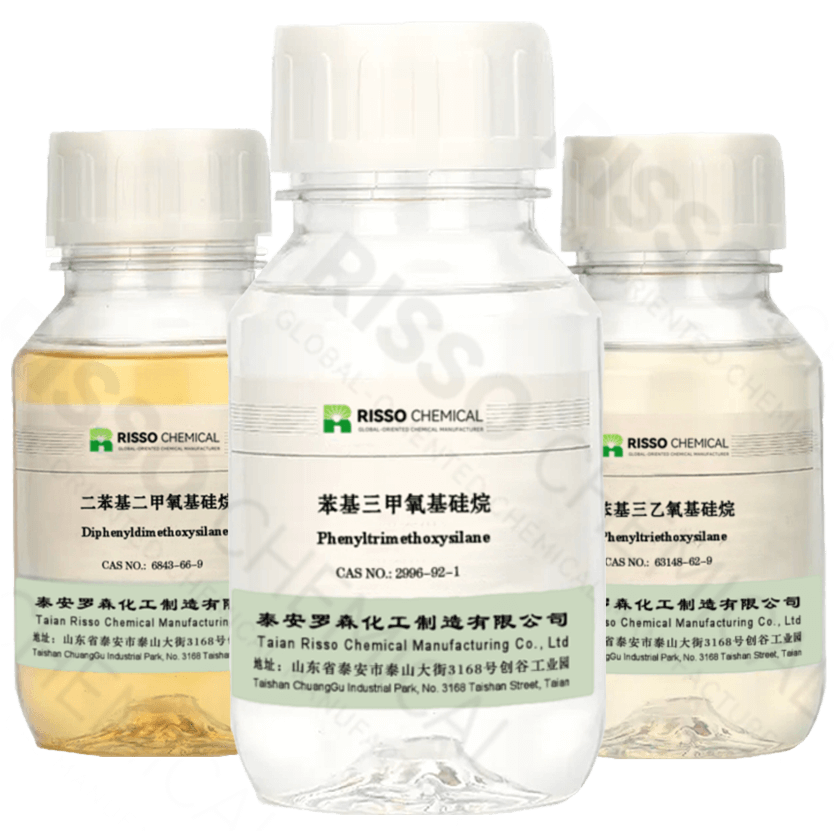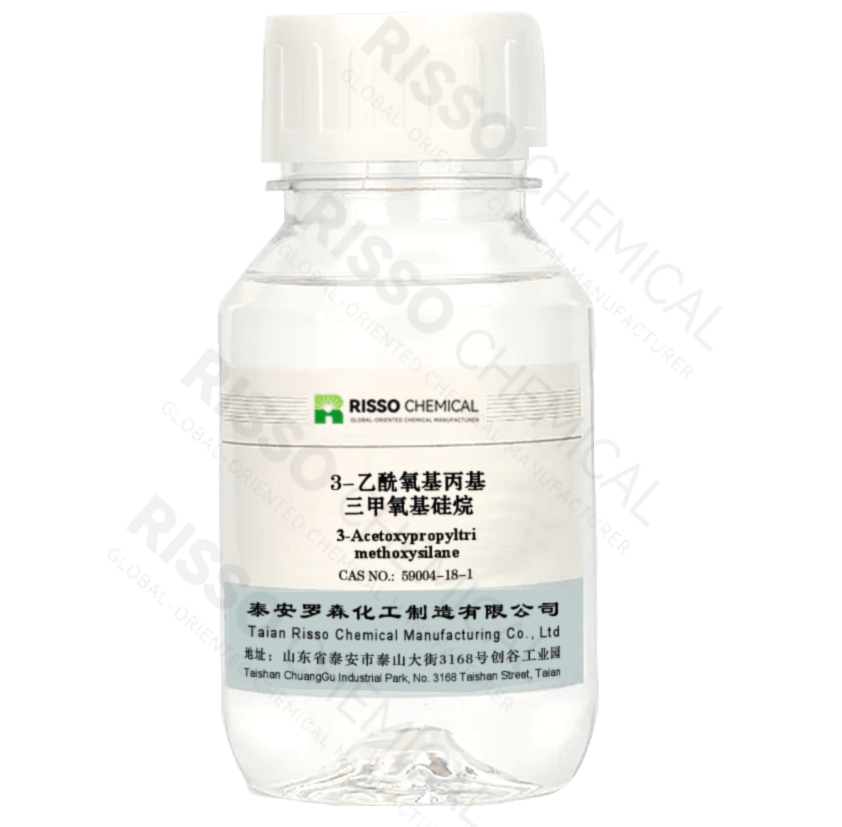How to choose the right silicone oil/Silicone Fluids
- Blog
- August 1, 2024
- 9:51 am
【Description】
Learn how to choose the right silicone oil or silicone fluid for your application. This guide covers key factors like viscosity, thermal stability, chemical resistance, and industry-specific requirements to ensure optimal performance across industrial, medical, electronics, and cosmetic uses.
Selecting the appropriate silicone oil (also known as silicone fluids) can be crucial for achieving optimal performance in diverse applications, from personal care products and electronics to industrial lubricants and medical devices. With their unique properties—thermal stability, low toxicity, and excellent lubrication—silicone fluids have become a go-to choice for many industries. This guide will walk you through the critical factors to consider when choosing the right silicone fluid for your specific application.
Table of Contents
Key Properties of Silicone Fluids
Understanding the properties of silicone fluids will help you match the right fluid to your needs:
- Thermal Stability: Silicone fluids maintain their properties over a wide temperature range, often from -100°C to 300°C, making them ideal for applications exposed to extreme temperatures.
- Chemical Resistance: Silicone fluids are highly resistant to oxidation, weathering, and many chemicals, which increases their durability.
- Viscosity: Available in a range of viscosities, silicone oils can be tailored for applications requiring specific flow and shear properties.
- Non-toxic and Inert Nature: Silicone fluids are non-toxic and safe for sensitive applications, such as personal care products and food processing.
Steps to Choosing the Right Silicone Oil / Fluids
Step 1: Define the Application Requirements
Identify the primary use of the silicone fluid and any specific industry standards or certifications it must meet:- Industrial Lubrication: For machinery that experiences high load or operates in extreme conditions, prioritize high-viscosity, thermally stable silicone fluids.
- Electronics Cooling and Insulation: Choose fluids with high dielectric strength and thermal conductivity for safe, efficient performance in electronic components.
- Cosmetics and Personal Care: Look for low-viscosity, non-toxic silicone oils that are hypoallergenic and enhance texture.
- Medical and Pharmaceutical Use: Opt for medical-grade, biocompatible silicone oils that comply with regulatory standards, such as FDA or USP.
Step 2: Determine the Required Viscosity
Select a silicone fluid with the appropriate viscosity level based on the application’s operational needs:- Low Viscosity (1 to 100 cSt): For applications that need quick, even spreading (e.g., cosmetics, light-duty lubricants).
- Medium Viscosity (100 to 1,000 cSt): Suitable for general-purpose lubrication in industrial equipment.
- High Viscosity (1,000+ cSt): Ideal for heavy-duty applications requiring robust lubrication, such as shock absorbers and high-shear machinery.
Step 3: Evaluate Temperature Range and Thermal Stability
Confirm the temperature range within which the silicone fluid will operate:- Low-Temperature Stability: For cold environments (below -50°C), such as refrigeration systems, select low-viscosity silicone oils designed for cold temperatures.
- High-Temperature Resistance: For high-heat applications (up to 300°C), like automotive engines, use high-temperature silicone fluids that maintain stability and performance.
Step 4: Check Chemical Compatibility
Ensure that the silicone fluid is compatible with other chemicals or substances it may contact:- Chemical Exposure: In environments with frequent exposure to solvents or harsh chemicals, opt for silicone fluids with strong chemical resistance, such as fluorosilicone oils.
- Oxidation and UV Resistance: In outdoor or high-UV exposure applications, choose oxidation-resistant silicone oils that withstand prolonged environmental exposure.
Step 5: Confirm Any Special Requirements (e.g., Dielectric Strength, Non-toxicity)
Check if the application requires specific properties for safety, regulatory, or performance standards:- Dielectric Properties: For electronic and insulation applications, select fluids with high dielectric strength to prevent electrical conductivity.
- Non-toxic, Biocompatible Options: For cosmetics, food, or medical applications, choose biocompatible, non-toxic fluids that meet industry standards like FDA or USP compliance.
- Eco-Friendly Formulations: Some industries prioritize environmentally sustainable products, so consider silicone fluids with lower environmental impact if needed.
Common Types of Silicone Fluids and Their Uses
- Dimethyl Silicone Fluid: A versatile, general-purpose fluid used for low- to medium-temperature applications in cosmetics, lubricants, and coatings.
- Phenyl Silicone Fluid: This fluid offers high-temperature stability and UV resistance, making it ideal for demanding environments in the automotive and aerospace sectors.
- Fluorosilicone Fluid: Known for excellent chemical resistance, this fluid is used in harsh environments and for applications exposed to solvents and extreme temperatures.
- Medical-Grade Silicone Oil: Certified for medical and pharmaceutical use, this fluid is biocompatible and meets stringent safety standards for sensitive applications.
Tips for Effective Use and Storage
- Storage Conditions: Store silicone fluids in a cool, dry place, away from direct sunlight, as excessive heat or UV exposure can degrade the fluid.
- Application Method: The method of application can influence the choice of fluid viscosity and formulation—sprays, for instance, may require low-viscosity options.
- Shelf Life: Check the shelf life, especially for high-performance or specialized silicone fluids, as their properties can diminish over time.
Conclusion
Popular Recommendations
- Most popular products
TRENDING
- Address: Daiyue Industrial Park, Taian, Shandong, China




